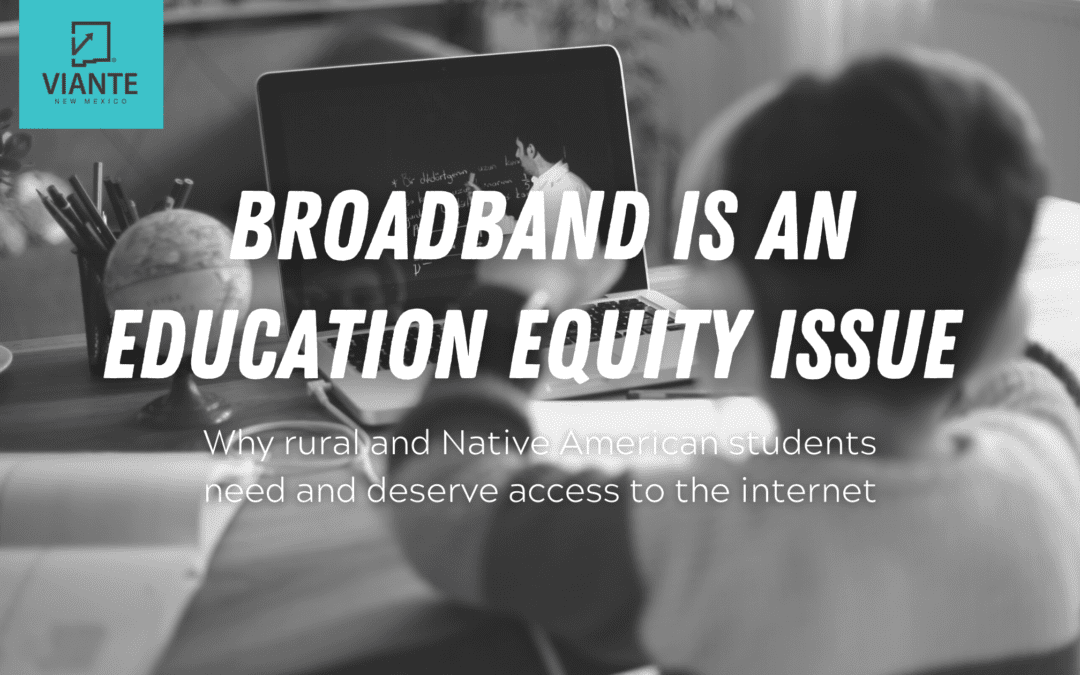March 15, 2021
Students living in rural areas are denied equal access to education
The New Mexico Legislative Finance Committee reported that over 20% of public school students do not have internet access at home. Even if students’ parents can afford an internet subscription, over 1,000 students live in areas that do not have the infrastructure to support internet connection. The limited resources and technology available in New Mexico’s rural areas have effectively excluded these students from the public education system.
When the pandemic shut down in-person classes, families with school-aged children in these areas had to quickly find ways to ensure that their children could still attend class. In many cases, parents had to drive their children hours away to busses that acted as wifi hotspots, where the students could complete their school work inside the bus.
Students living on tribal lands are disproportionately affected
Nationwide, approximately 41% of people living on tribal lands in the U.S. lack access to high-speed internet. On New Mexico tribal lands, about 50% of residents don’t have internet access at home. In these areas, the only way for students to access the internet is to go to one of the few public libraries nearby. In fact, half of the public libraries in these communities act as the sole source of free internet. Because many of these libraries do not qualify as having “high-speed” internet, only one person can live-stream a class at any given time, making distance learning and online assignments nearly impossible.
In a recent phone interview, Congresswoman Deb Haaland expanded on the frustrations with technology inequities that students living in rural areas must face. In some communities, the infrastructure for quality broadband is in place, but regulations and licensing requirements prevent community members from utilizing the fiber optic lines. When students living in areas like the Cochiti Pueblo cannot use the internet at home, they are left with shockingly few digital resources, especially compared to the highly-connected state capital that sits only a few hours away.
Broadband access is a social equity issue
It is unjust to deny half of the people living on rural land in New Mexico access to the internet purely because of bureaucratic red-tape. By not swiftly acting on improving broadband service across New Mexico, the state denies students living in these areas equal opportunity to education. If steps are not taken to remedy the state’s failure in providing students with equal access to technology and the internet, New Mexico’s students will be irreparably harmed.
The capacity to access the internet is no longer a luxury; it has become a necessity of daily life. Especially as the pandemic persists and students must continue remote learning, a shift in thinking must frame broadband as a fundamental right. Just as New Mexicans need electricity and water to go about their lives, they need to have access to broadband service and to be able to use the internet affordably.



Follow Viante New Mexico for Updates